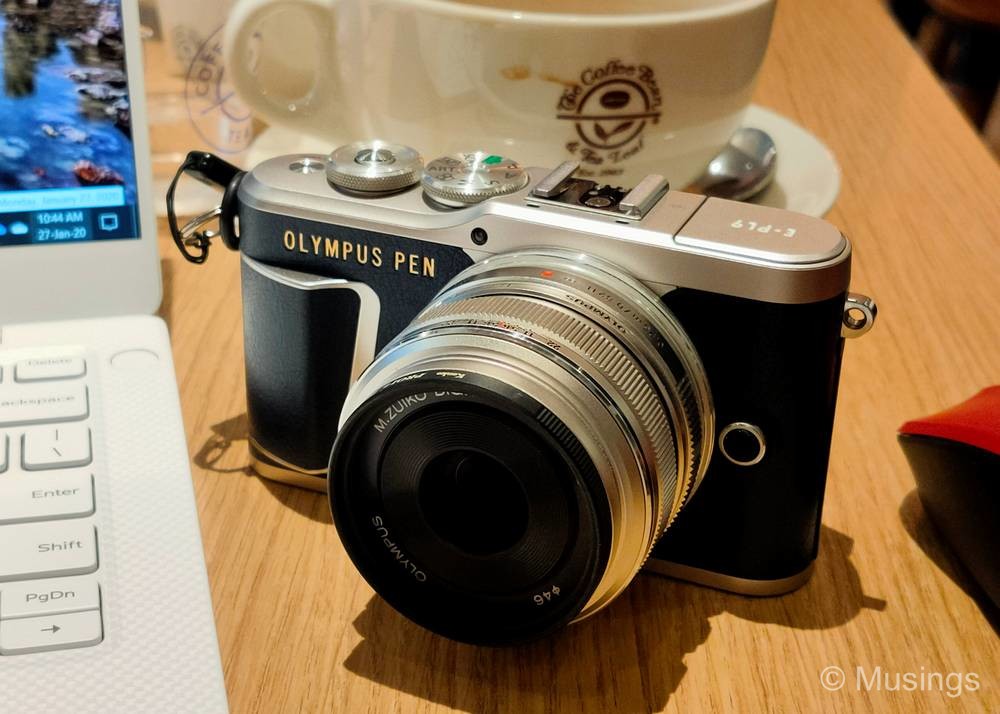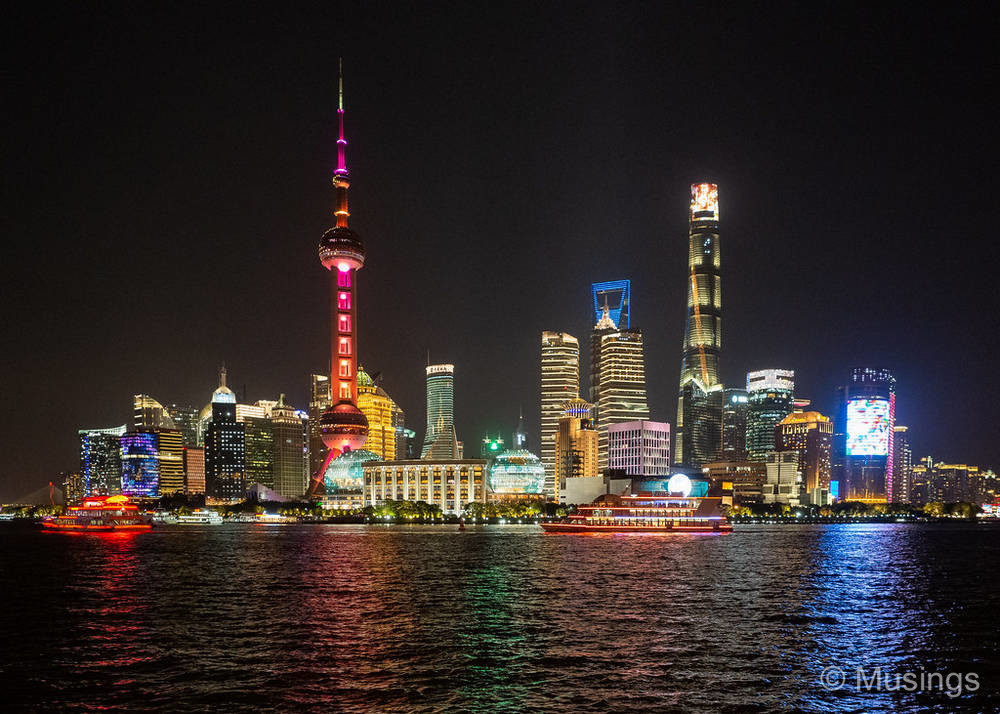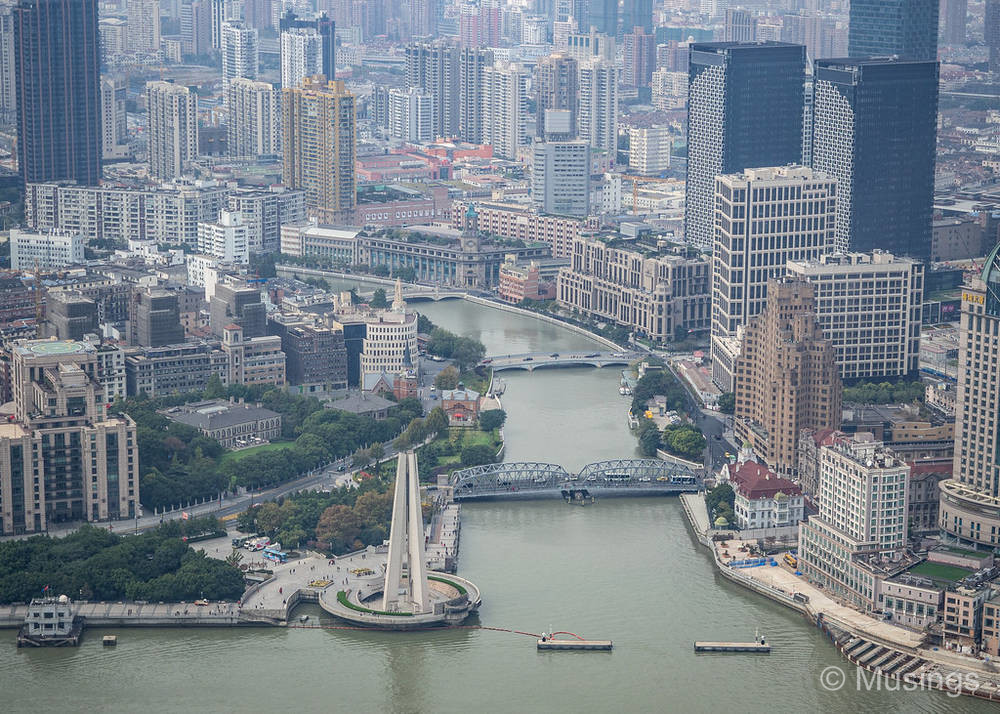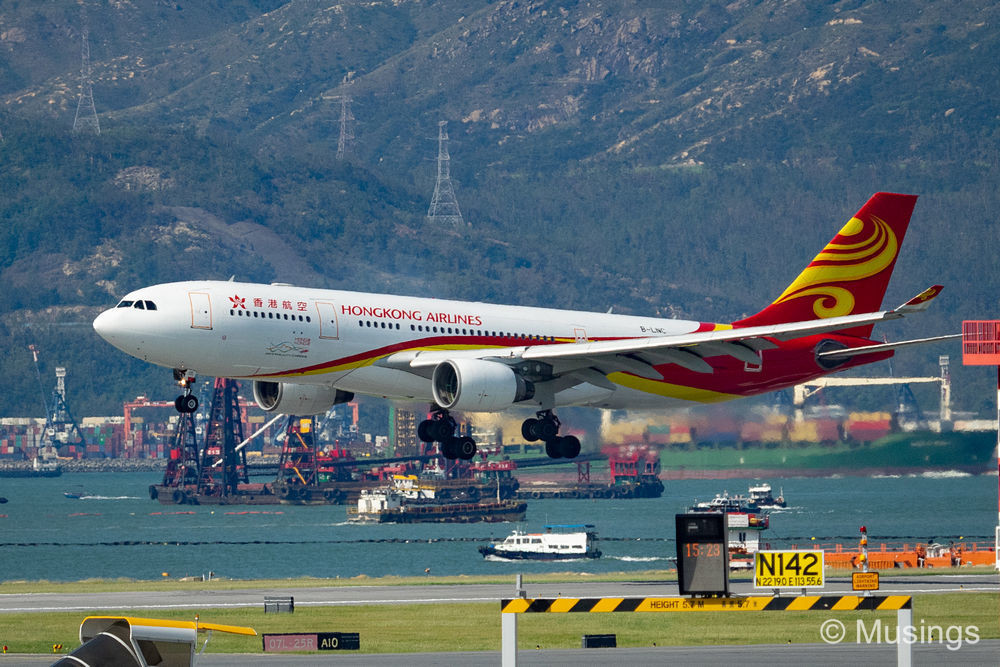It’s been two years since I did a review of the m4/3 system, posted here – about time for me to do an update!
The heyday when camera manufacturers were thriving seem to be long gone now. Oh, the camera divisions of big manufacturers like CaNikon, Sony and Fujifilm still seem profitable, but there’s no mistaking the undercurrent of pessimism as the digital cameras continue to fight over a shrinking consumer base who are increasingly relying on their smartphones to take pictures. A casual look around the social feeds of my Facebook friends show the same: aside from four of my friends – persons who’re not professional photographers of course – the photos they post, even of their vacations, are taken using smartphones. Of the couple who still post photos taken on interchangeable lens cameras – ILCs – one is a Canon DSLR user and has ultra zooms for his birding photos, another is also a Canon DSLR user and into all things military, and the other two – like myself – posts pictures generally using the Sony Alpha and Fujifilm systems respectively.
I’ve wondered, occasionally, whether they’d be a day when the majority of photos I post on our blog here are also from the smartphone. Such might come to pass at some point, but I just don’t see it in the immediate future – not with the current level of technology we see in smartphones now anyway. Focal lengths have increased on smartphones – e.g. it’s not uncommon to see 10x and even more ‘zooms’ possible on smartphones – as has pixel count, with the imaging sensor on the new Xiaomi Mi Note 10 capable of an astonishing 108 megapixel shots (I reckon for those enthusiasts who don’t print anything less than life-sized posters of their pictures?!). But dynamic range and the recoverable detail from RAW continue to lag behind ILCs, never mind the quality of optics you can never reach on those tiny smartphone lenses. At this stage, the general JPGs from smartphones are more than fine for social media posting and viewing on mobile devices, and there’s no denying the convenience one gets from being able to snap and post immediately in seconds for those of such persuasions. But I reckon I’ll continue to hold out for at least the foreseeable future. Maybe it’s just my OCD complex speaking here, but I cringe whenever I zoom into a smartphone picture and see how poorly the picture is actually holding up!
My m4/3 system didn’t see much use since I transited over to the Sony FE system in April 2018, outside using the six year old E-M1 for the occasional photos of new equipment using the light tent (I need the deeper depth of field). For casual pictures, the E-PL6‘s articulating screen had gone wonkers by the middle of last year, so I picked up the Olympus E-PL9 as a replacement in October. The form factor hasn’t changed too much for the last four iterations of the E-PL series of cameras now – the camera remains a little larger in size than I like, and I miss the numerous other fantastic features I’ve come to expect from current generation cameras, e.g. support in-camera USB charging, and a USB-C port for file transfer. I’d also intended for the E-PL9 to be my secondary camera during last month’s Japan trip. As it turned out, the E-PL9 was just too bulky a camera to wear on my waist belt, even with the very compact Panasonic 14mm f2.5G mounted on it. I ended up returning to the compact Canon G7X II that trip for my casual pictures, or when I needed to be discrete (e.g. when taking pictures in stores and shopping malls).
Still, the E-PL9 has returned to its alternate purpose – that of a compact camera I keep in my day bag whenever we head out of home on the weekends for meals and just walking about. The two lens I alternate the E-PL9 with are the 17mm f1.8 – the oldest m4/3 lens prime I’ve got now from June 2013 after selling most of my 4/3 gear away two years back – and a new copy of the Panasonic 14mm f2.5G. Aside for the pair of Olympus Pro f2.8 lens – the 12-40mm and 40-150mm – I also have a new copy of the Olympus 45mm f1.8 that came bundled together with the E-PL9. The lens is still in its packing box though as I really don’t have a use for that lens!

Pictures with my m4/3 cameras!





Out of curiosity, how do you find the m4/3 picture quality from a hobbyist perspective? Does the weight advantage still justify the quality compared to a sony a7iii?
Honestly, I think casual hobbyists would be happy with what they can get out of m4/3. The system has so much range and options from the roster of cameras and also lenses at this point and relatively affordable prices that the barrier of entry to the acquiring a decent set of gear is just lower compared to a full-frame system.
I’m also less of a typical hobbyist too, in that I’m more interested in the technological aspects of photography than the creative parts of it. That was probably the real reason why I got into Sony FE two years ago: with hindsight, the m4/3 system wasn’t really seriously limiting the pictures I was getting out from it.
The weight factor is a serious consideration though: I was previously tossing two m4/3 bodies into my vacation backpack, with f2.8s zooms mounted on both. In comparison, a A73 + 24-105mm f4 is just that more significantly heavier and bulkier compared to a E-M1 / 12-40mm f2.8, that I’m struggling to carry a A73 with two lenses, let alone both f2.8s and an additional body too.
IMO, the couple of considerations about whether to move from m4/3 to Sony FE would be:
– Cost. The third party FE lenses, e.g. from Samyang, Tamron, Sigma are decently priced, but the Sony lenses continue to be really expensive. And Sony FE does not yet offer a compact-styled full-frame camera, which matters if you’re used to carrying two light-weight m4/3 bodies around.
– Noise. Images from the full-frame are indeed noticeably cleaner, but the differences are only particularly noticeable from ISO1600 and above. If you’re not shooting at high ISOs (e.g. you’re relying mostly on m4/3’s superior stabilization to achieve lower ISO shots), then you might not really reap the benefits of cleaner images from the Sony.
– Image stabilization. The Olympus E-Ms’ sensor stabilization tech still surpasses that of Sony’s I believe.
– Dynamic range. I can retrieve a lot more subtle detail from Sony’s RAW files, but this is also because I tinker with the pictures I take. If you’re not doing this (i.e. you’re already happy with how the m4/3 pictures turn out of the camera), then I reckon you won’t miss the increased dynamic range on the Sonys.
Hope this helps!